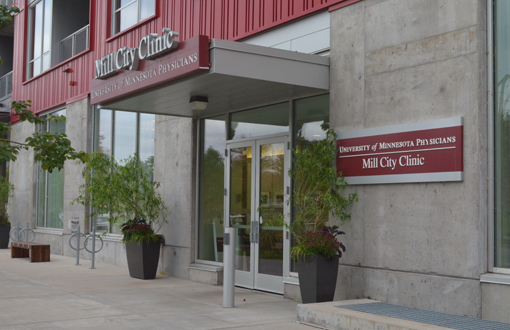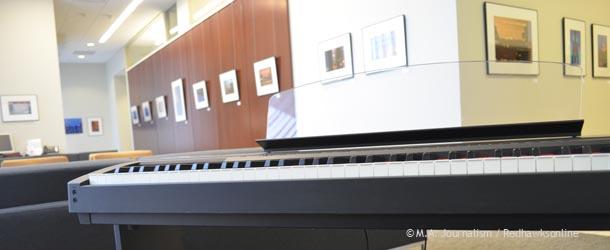While music may be an enjoyable pastime for some, its health benefits often go unnoticed
While the impact of music on mice may not correspond directly with the impact on humans, the effects of music on humans has long been a topic of study for doctors and psychologists everywhere. Physiologically, music can help regulate breathing, heart rate, and circulation as well as increase brain activity and decrease levels of cortisol, a stress hormone. Music also has behavioral and emotional effects, lessening anxiety and aggression. But these studies didn’t begin in recent history, as shown by the therapeutic use of music in both ancient Egypt and Greece. The beneficial properties of music cited by Aristotle and others like him such as its ability to aid in overcoming emotional difficulties are now being put to good use with the help of Minnehaha students.
“The band and orchestra are taking a trip to Washington DC for the cultural field experience and one of the places we are planning to go is the Walter Reed medical center,” said Band and Orchestra teacher Diane Hallberg. “It’s the nation’s veteran hospital so they’re doing a lot of work with people who are coming back from the Gulf and other recent conflicts who have posttraumatic stress disorder. They’re working with them using music and art therapy as a kind of healing modality to help them come back to normal, whatever normal is after coming back from all that trauma.”
Hallberg recognizes this healing value.
“There’s something there that helps us to organize our thoughts, compartmentalize [and] calm down our body so healing can happen,” said Hallberg.
That “something” is exactly what the American Music Therapy Association (AMTA) studies and promotes. The AMTA is an organization created to promote knowledge of music therapy such as that used in the Walter Reed medical center. This network of music therapists is also supported by state organizations such as the Music Therapy Association of Minnesota (MTAM). Music therapist Mike Limbybliw works as the public relations officer for MTAM.
“It’s not just music and it’s not just therapy,” said Limbybliw. “It’s not just ‘let’s play some music and see what happens.’ It’s [about] the interventions and interactions that take place in this therapeutic relationship. It’s taking a scientific, educated, humanistic [and] individualized approach to care.”
This care extends to clients of all sorts. As a private practice music therapist, Limbybliw works with many of these different clients such as geriatric hospice patients and people on the autism spectrum. Other client groups include those with mental illness, students and many others. But often, the healing of music extends to people in all situations.
Psychology teacher and Minnehaha graduate Julie Johnson (’96) has studied various therapy methods, but she has not had much experience with music therapy. However, music has played an important part in her own life.
“Music has been important to me my whole life,” said Johnson. “I joined a community choir in first grade and sang in that group through my sophomore year in high school. At Minnehaha, I sang in Singers, Madrigals, and played flute in the band. In college, I met my husband while singing in the Bethel Choir, and now we both sing in our church choir.”
This prolonged involvement in music has been a sort of support system for Johnson.
“Personally, I have looked and listened to music in both very happy and very sad times in my life,” said Johnson, “and have found great comfort on the therapeutic qualities that beautiful and meaningful music can bring, especially when that meaning goes hand in hand with a personal relationship and faith in Christ.”
No matter how different people can be, music can serve as a common tie. As Limbybliw stated, it is “truly human”, a view that Hallberg shares.
“It’s almost a sixth sense,” said Hallberg. “It’s a distinctly human expression of emotion that is more powerful than words

The Mill City Clinic in Minneapolis puts the healing qualities of music to good use. “Every so often we have doctor of musical arts (DMA) students from the U play in our clinic lobby,” said Dr. Jon Hallberg, Medical Director at the Mill City Clinic and husband of Minnehaha Band and Orchestra teacher. “They do this before they receive their degrees, as part of an outreach obligation they have. To date, we’ve had students who play piano, classical guitar, and flute all perform there. We’re likely going to have a violinist or two soon. Both patients and staff love it!”
alone and touches us a different way than visual art does. Visual art is also very powerful, but because [music’s] not concrete and it fades with time, you can’t put your hands on it. I think it has a really penetrating quality because you have to be with it. When you’re with a piece of music, you have to let it evolve over time and you have to wait for it. You have to be in the moment with it.”

